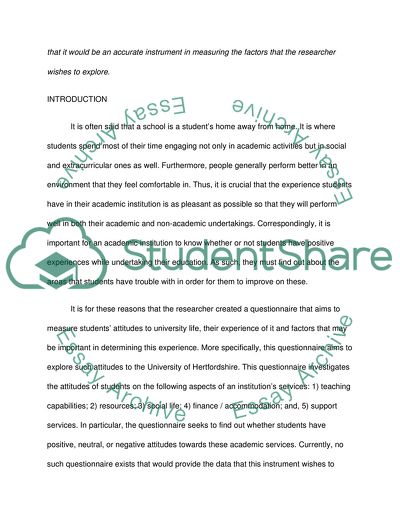Cite this document
(“Methods of Collecting Data in Psychology Assignment”, n.d.)
Methods of Collecting Data in Psychology Assignment. Retrieved from https://studentshare.org/psychology/1748524-methods-of-collecting-data-in-psychology
Methods of Collecting Data in Psychology Assignment. Retrieved from https://studentshare.org/psychology/1748524-methods-of-collecting-data-in-psychology
(Methods of Collecting Data in Psychology Assignment)
Methods of Collecting Data in Psychology Assignment. https://studentshare.org/psychology/1748524-methods-of-collecting-data-in-psychology.
Methods of Collecting Data in Psychology Assignment. https://studentshare.org/psychology/1748524-methods-of-collecting-data-in-psychology.
“Methods of Collecting Data in Psychology Assignment”, n.d. https://studentshare.org/psychology/1748524-methods-of-collecting-data-in-psychology.


